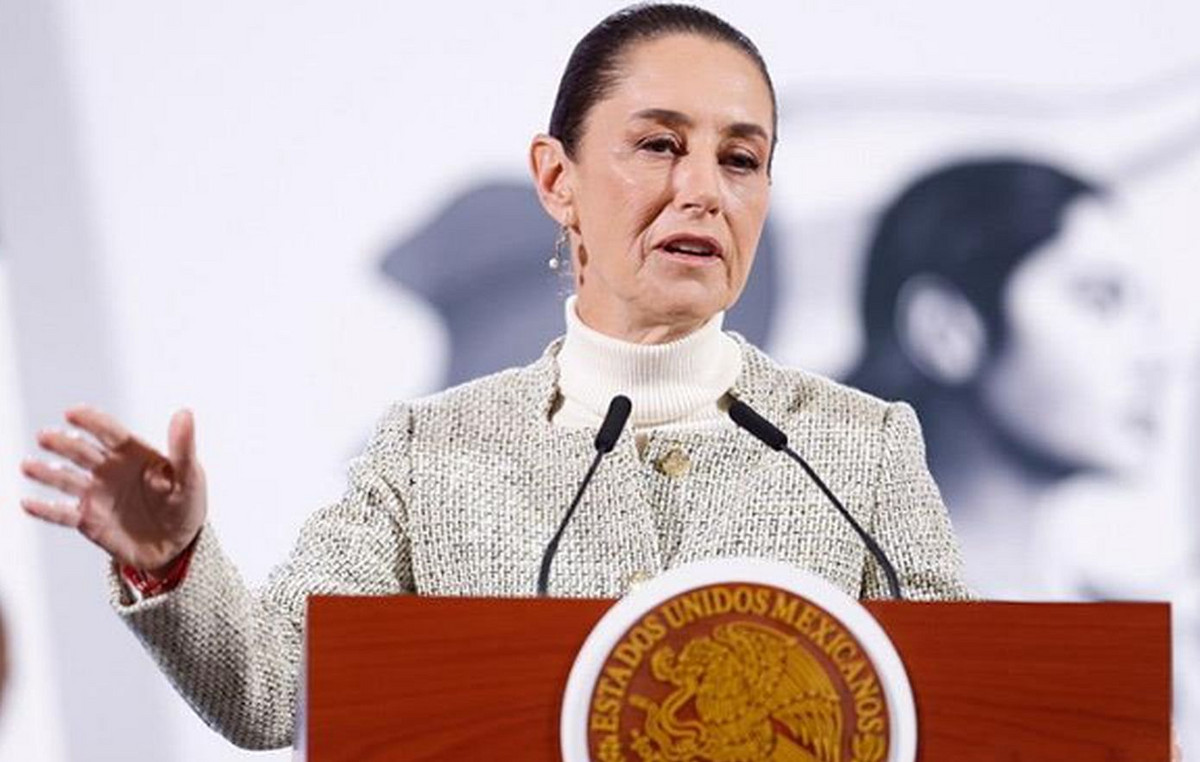Wall investors tried to leave the “perfect storm” of the first half behind on Friday, in a session characterized by intense volatility and a change of signs for the main indices to finally “break out” and record gains of around 1%, which, however, were not enough to erase the strong losses in the week.
The Wall opened with gains on Friday, but lost intra-session momentum after data on US manufacturing activity showed a significant slowdown in July, with the PMI of S&P Global to tumble to a two-year low as inflationary pressures and disruptions to global supply chains continue to weigh on the US economy.
In particular, the manufacturing PMI fell to its lowest level since July 2020, slipping to 52.7 points from 57.0 points in May, according to final data released today by S&P Global.
The Institute for Supply Management (ISM) survey for the sector also showed a slowdown in manufacturing activity. In particular, the manufacturing PMI fell to 53 points from 56.1 points in May. This was the index’s lowest reading since June 2020.
Despite the positive – at least – signs in today’s session, the American stock market has not escaped the pace set by concerns about the slowdown in economic growth, inflationary pressures, aggressive monetary policy from central banks, the slowdown in China due to the pandemic and Russia’s war in Ukraine. They were the ones who pushed him yesterday S&P 500 to record worst six-month period since 1970 with a plunge of more than 20% and the Dow Jones ending its worst half since 1962 losing 15.3%. The tech Nasdaq lost 29.5% in the biggest percentage decline of the three major indexes.
Investor sentiment is overshadowed by fears that moves by central banks to raise interest rates in response to persistently high inflation could shrink many advanced economies.
Central banks have misjudged inflation and are playing catch-up, even as aggressive policy tightening could trigger an economic downturn, according to Interactive Investor analyst Richard Hunter.
However, “the coming barrage of corporate results announcements will try to reverse the sentiment. It will not be an easy task as margin pressures and an uncertain outlook remain,” he said in a note.
“We’ve seen multiple squeezes in the market in the first half of the year, but analysts have mostly kept their corporate earnings estimates up until the last week,” said Wayne Wicker, chief investment officer at MissionSquare Retirement. “These estimates are likely to be downgraded for several companies,” he added.
Meanwhile, his performance 10-year US Treasury bond fell 7.2 basis points to 2.901%. On the week, the 10-year plunged 22.4 basis points, its biggest weekly decline since the 5-day period ended March 4, according to Dow Jones Market Data.
Indicators – Statistics
On the board, the industrialist Dow added 322 points, or 1.05%, to 31,097.46, the broadest S&P 500 and the tech gained 1.06% to 3,825.34 points Nasdaq strengthened by 0.9% to 11,127.85 units.
In weekthe Dow lost 1.3%, the S&P slid 2.2% and the Nasdaq was the worst performer of the three indexes, plunging 4.1%.
From the 30th shares that make up the Dow, 24 closed with a positive sign and 6 with a negative. The biggest gains were recorded by McDonald’s with an increase of 2.46%, followed by Coca Cola at +2.34% and Boeing at +2.28%. In contrast, Intel was at the bottom with losses of 2.86% and Nike lost 1%.
General Motors stock added 1.35%, despite warning of a second-quarter profit decline as vehicle sales were hit by a shortage of semiconductors and supply chain disruptions in general that are throwing off the company’s schedules.
Micron Technology slipped 3% after downgrading its earnings outlook.
It is noted that the US market will remain closed on Monday due to the Independence Day holiday.
Source: Capital
I am Sophia william, author of World Stock Market. I have a degree in journalism from the University of Missouri and I have worked as a reporter for several news websites. I have a passion for writing and informing people about the latest news and events happening in the world. I strive to be accurate and unbiased in my reporting, and I hope to provide readers with valuable information that they can use to make informed decisions.







